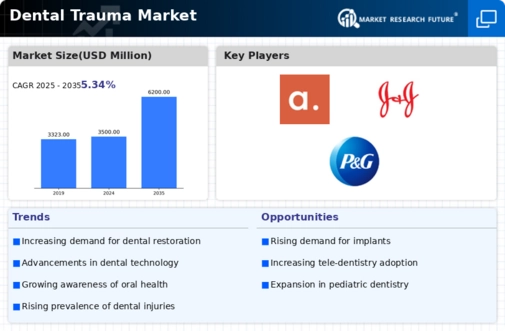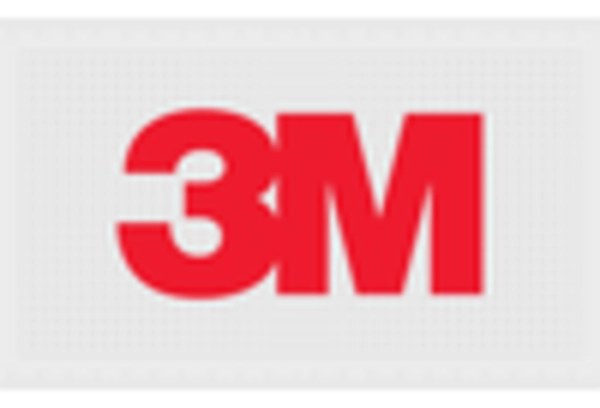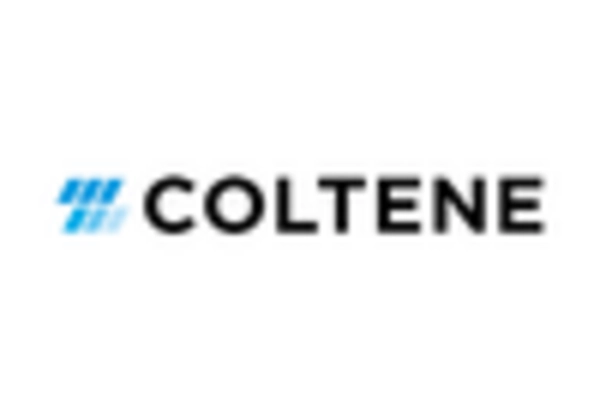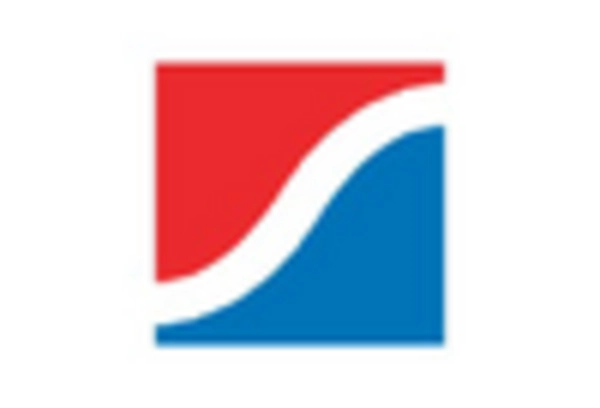Market Share
Dental Trauma Market Share Analysis
Since it treats tooth and tissue injury, the Dental Trauma market has unique opportunities and challenges. Businesses offering cutting-edge dental trauma treatments in this narrow area need effective market share positioning tactics. Developing a good marketing approach starts with a complete analysis of dental trauma groups. Companies must understand age, lifestyle, and risk variables to tailor dental therapy and products to oral injury patients. To lead the Dental Trauma market, dental care procedures must evolve. Innovative dental technology, surgical procedures, and restorative materials should be developed by businesses to treat dental injuries in a practical and attractive manner. Partnerships with oral surgeons and dentists are crucial for market share positioning. Such collaborations may increase recommendations and referrals for the company's dental products and services, boosting trust among dental professionals and trauma patients. Focusing on dental professional training is key for market expansion. Businesses might provide workshops, training, and seminars to help oral surgeons and dentists diagnose and treat dental trauma to become dental education leaders. Patients must learn about oral trauma and treatment options to grow the market. Businesses could sponsor patient education and awareness programs to promote early dental treatment after trauma and the variety of restoration and cosmetic choices available. To effectively engage patients and dental professionals, Dental Trauma marketing must be tailored. In a competitive dental care market, differentiating the company's goods and explaining the advantages of various dental procedures via dental conferences, online platforms, and instructional materials helps. Obtaining and sustaining market share demands legal compliance and high-quality dental products and services. Companies must prioritize quality assurance to reassure patients and dental professionals about their dental trauma treatment solutions' safety and efficacy. International expansion and local regulatory compliance are crucial to market share growth. Identifying locations with high dental trauma and personalizing dental treatments to local needs may boost market competitiveness and corporate reach. Ensuring patient satisfaction and long-term success demands rigorous post-treatment care. Businesses should provide tools, follow-up therapy, and education to assist individuals recover from dental trauma and improve their oral health. Monitoring the competitive landscape and industry developments is crucial for market positioning adjustments. By monitoring their competitors, developing innovative dental technology, and studying dental trauma, companies may stay ahead in this dynamic and specialized market.

















Leave a Comment